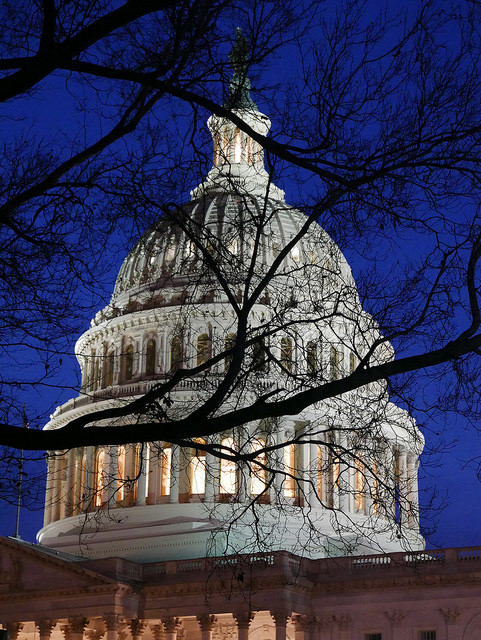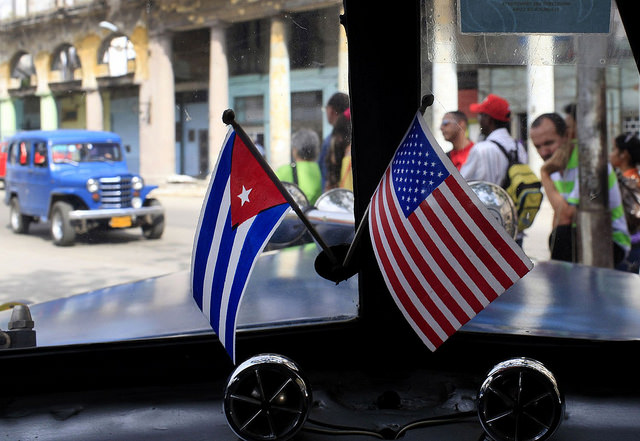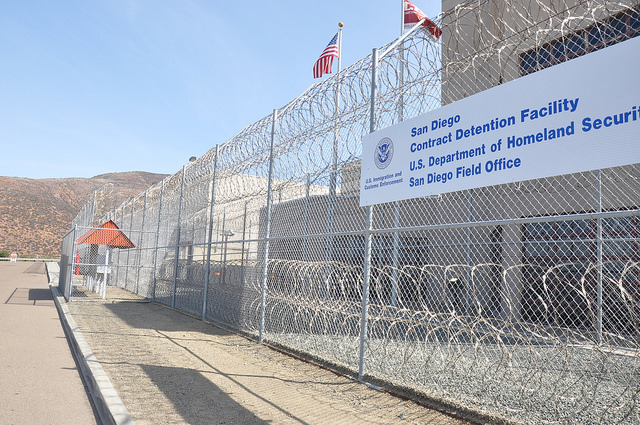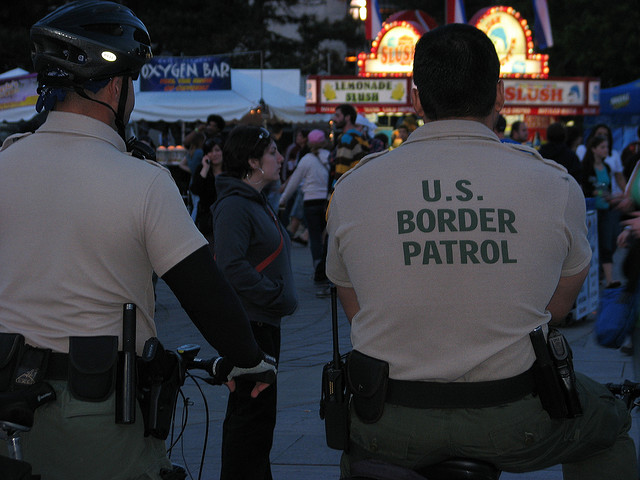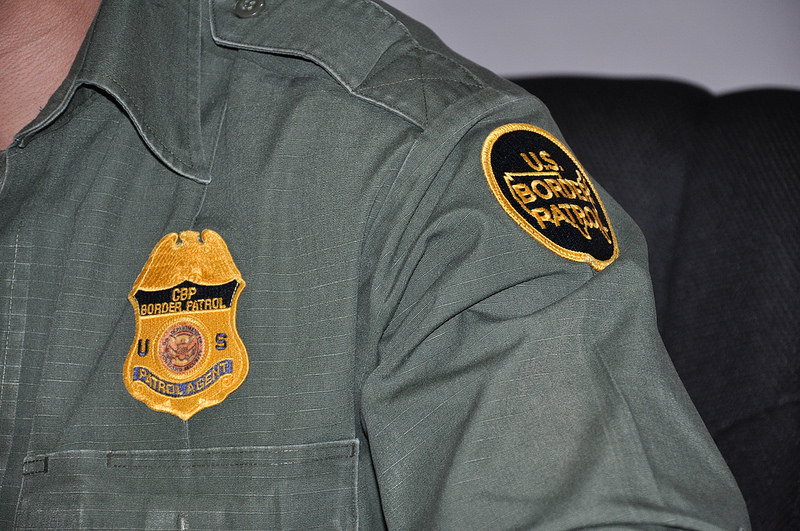
The Department of Homeland Security has released its end of the year statistics for fiscal year 2016 reflecting immigration enforcement priorities for convicted criminals, threats to public safety, border and national security. The report found that during fiscal year 2016, 530,250 individuals were apprehended nationwide, and a total of 450,954 individuals were removed and returned to their countries of origin. For their part, the U.S. Border Patrol reported a total of 415,816 apprehensions nationwide, an increase in 78,699 persons, when compared to fiscal year 2015. For their part, the U.S. Immigration and Customs Enforcement (ICE) arrested 114,434 individuals during fiscal year 2016, a decrease in 10,777 persons, when compared to fiscal year 2015. During fiscal year 2016, the U.S. Customs and Border Protection (CBP) Office of Field Operations identified 274,821 inadmissible individuals at ports of entry nationwide, an increase in 21,312 persons, when compared to fiscal year 2015. Lastly, ICE reported that during fiscal year 2016 they removed or returned 240,255 individuals, an increase in 4,842 individuals when compared to fiscal year 2015.
The report highlighted that the Department of Homeland Security has successfully honored the Obama administration’s immigration enforcement priorities announced in November 2014, which prioritize the deportation of national security threats, individuals attempting to enter the United States unlawfully, and convicted criminals. As evidence of this, the report states that during fiscal year 2016, ninety-eight percent of initial enforcement actions involved individuals which fell into one of three enforcement priority categories. The report indicates that ninety-one percent of apprehensions fell within the top priority for individuals who either presented a national security threat, attempted to enter the United States unlawfully, or were convicted of a crime (including gang members).
Continue reading

 Visa Lawyer Blog
Visa Lawyer Blog


